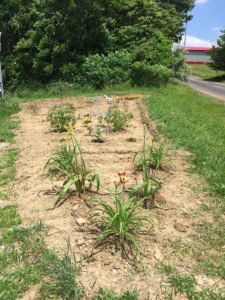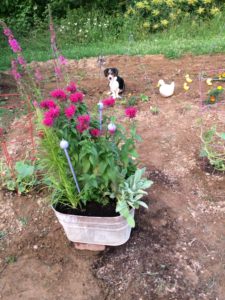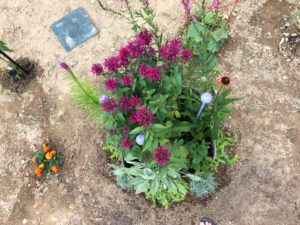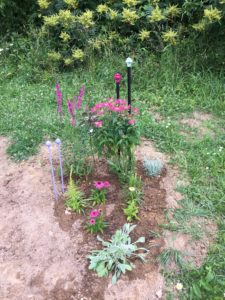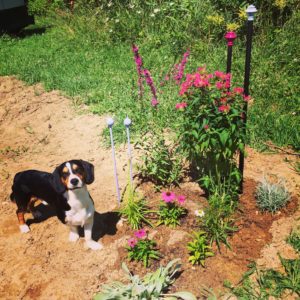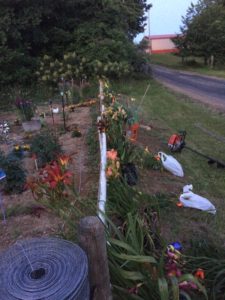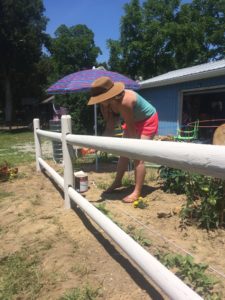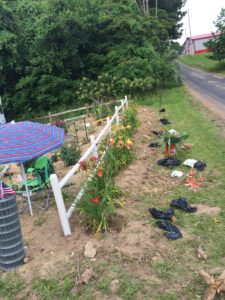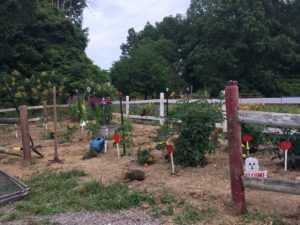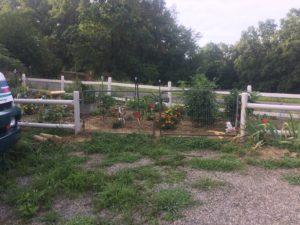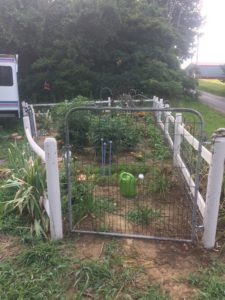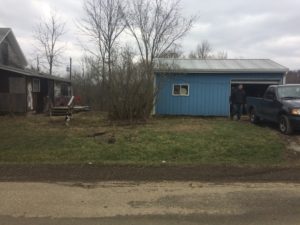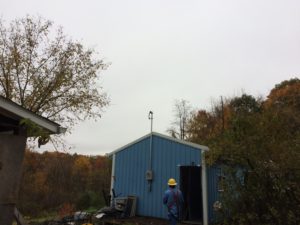My Grandfather built this spring in the 70’s. That was when this hill was a field. Over the years the trees took over and the leaves destroyed the cover. It still puts out water, but needs a lot of cleaning. Before I cleaned it, I wanted to make sure I built a cover, to protect the spring from leaves, for the time being.
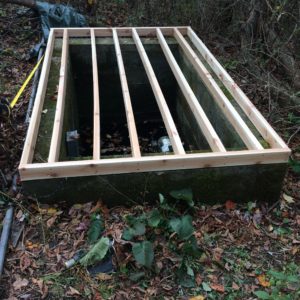
We started by laying cedar 2×4’s for the cover. We decided to go flat as to not cut any materials since this current cover will end up being a wall for the water shed we plan to build at a later date. We used untreated cedar in the construction of the cover, because of it’s proximity to water.
Once the frame to the temporary cover was built, we had to get the materials for the cover. We decided to use 6 ft. cedar fence slats to cover the frame. This spring is a little hike away from the house, but the cedar fence slats made it easy to carry all the necessary materials in one trip.
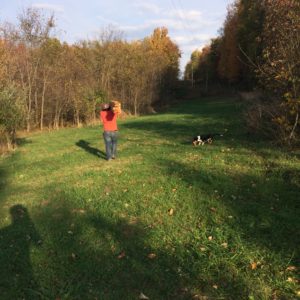
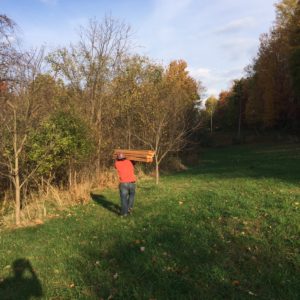
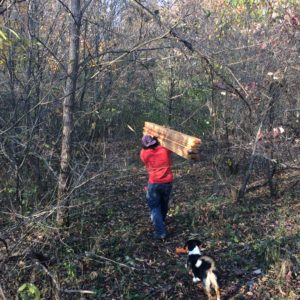
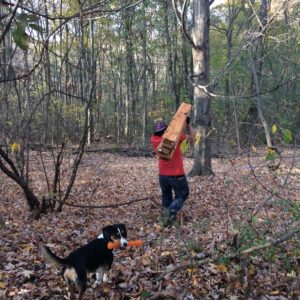
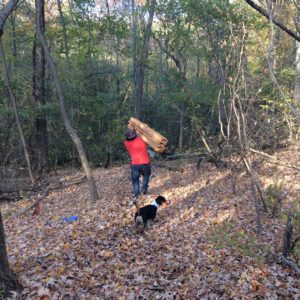
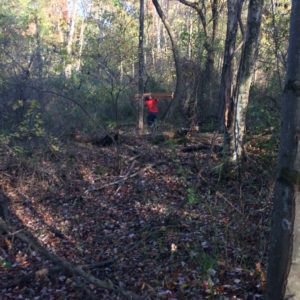
Once we got to the site the cover went together quickly. 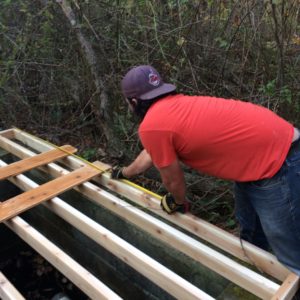
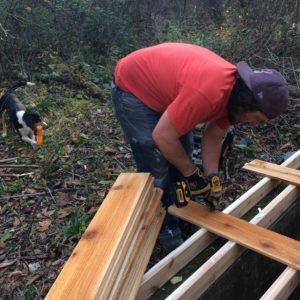
Woody is always around to help. Here he is checking his level. 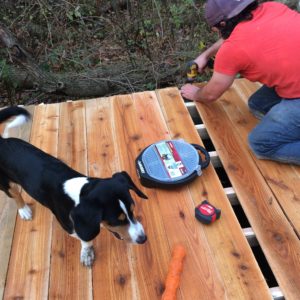
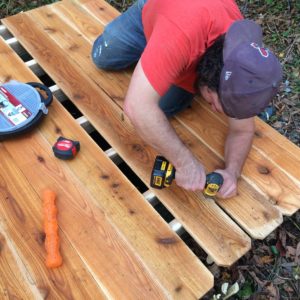
After the cover was down Woody took it upon himself to inspect the work.






He was very happy with a job well done.
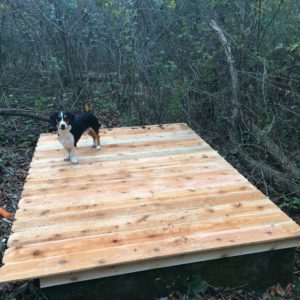
Now that the spring is covered the leaves wont pile up in the bottom. This wont protect from groundwater contamination, but hopefully this will make cleaning it out a little easier next year.
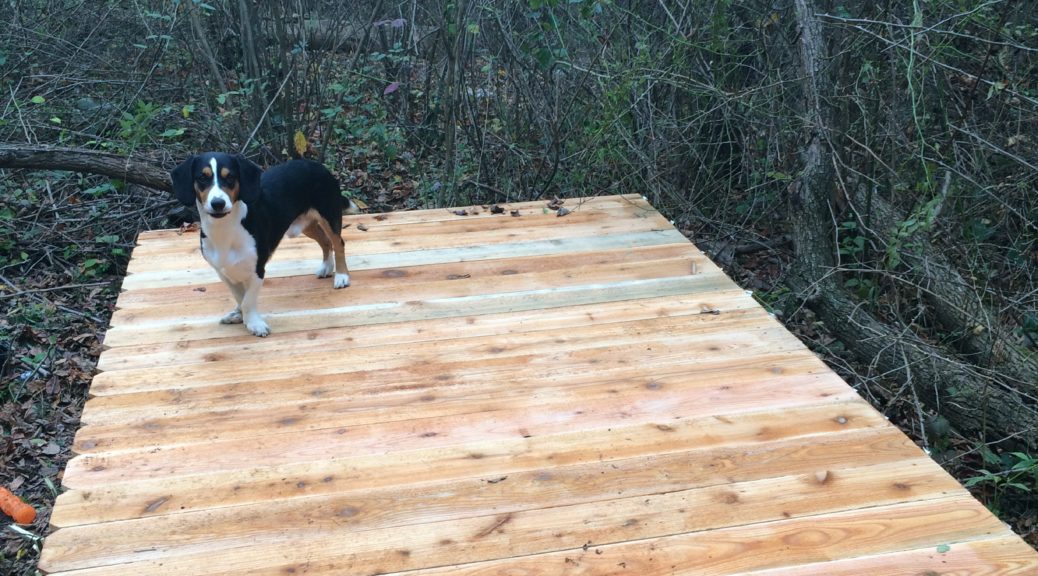
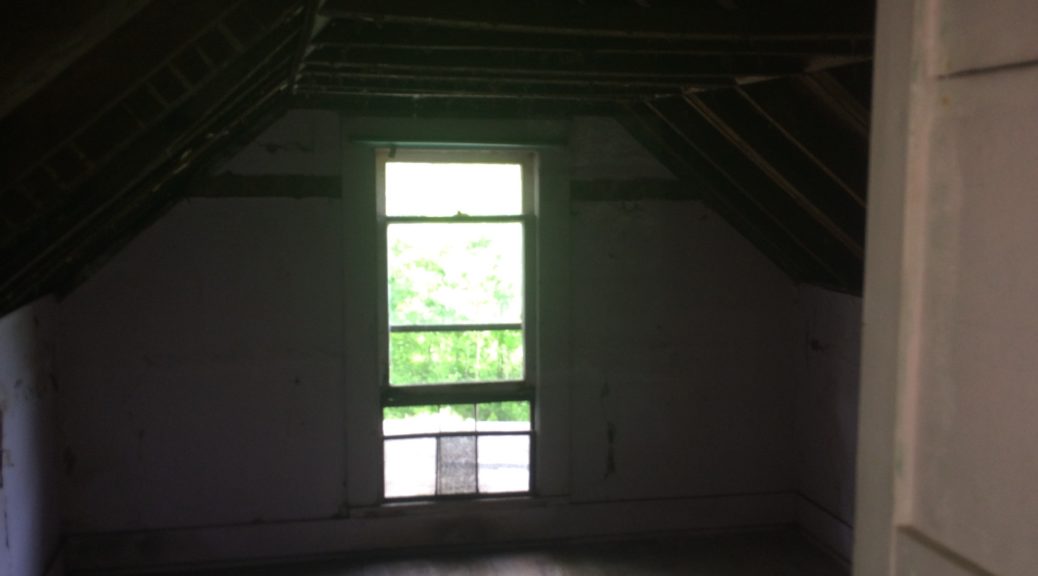
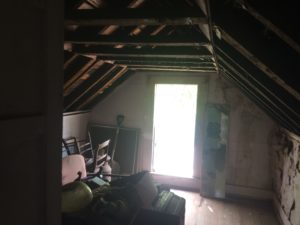
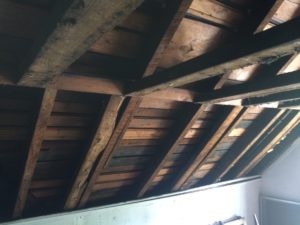
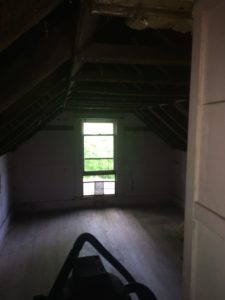
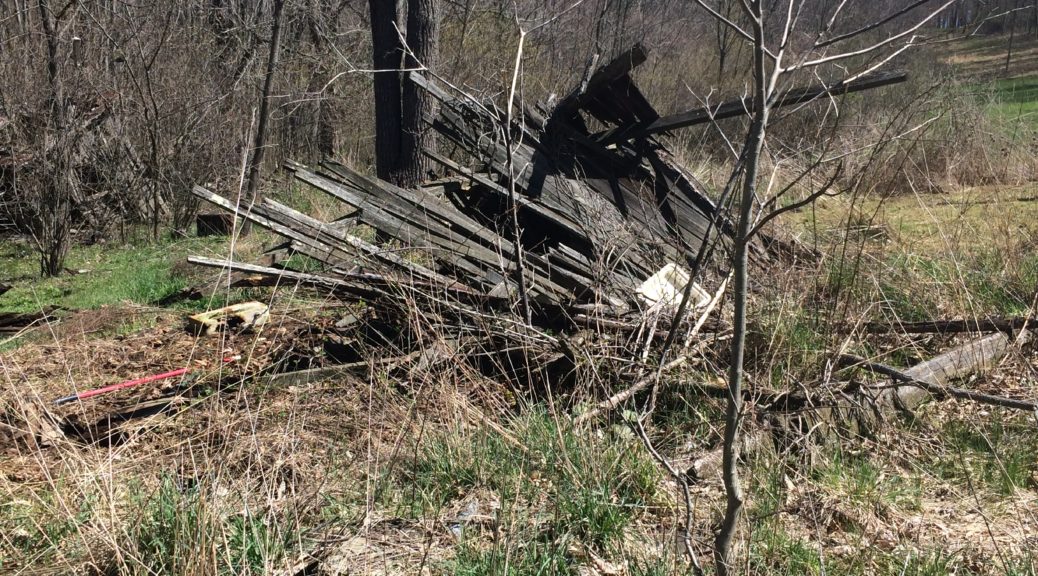
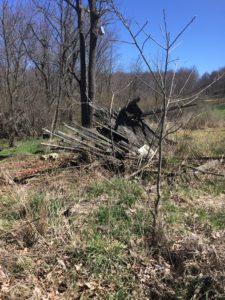
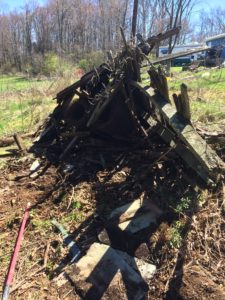
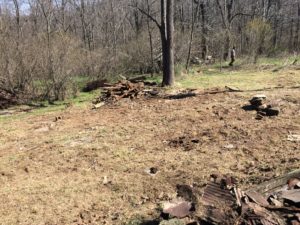
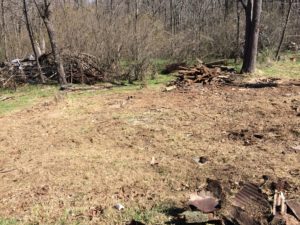
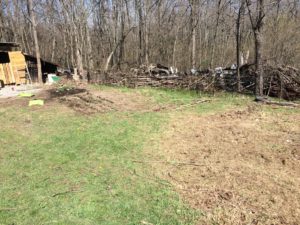
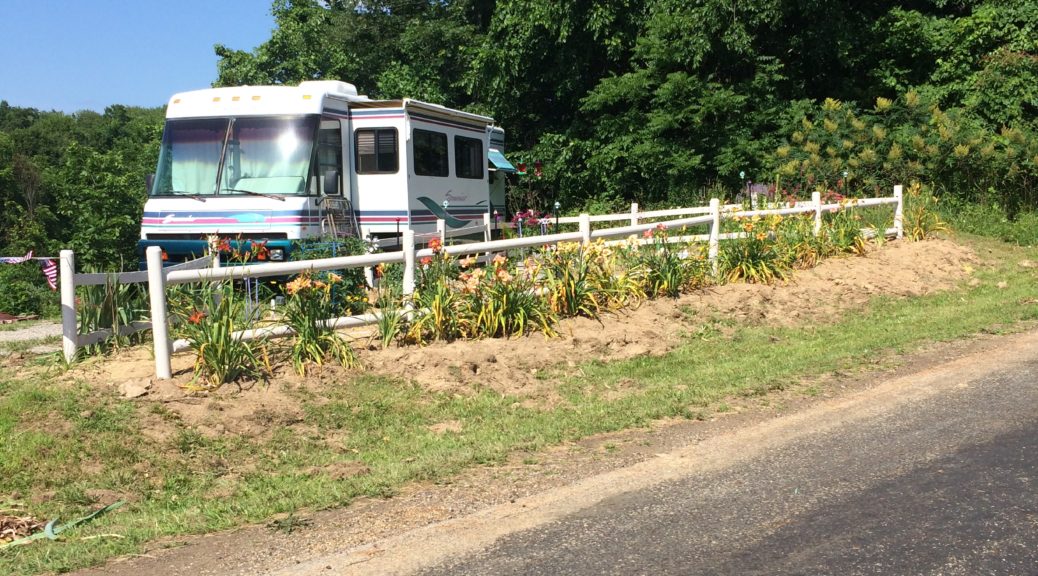
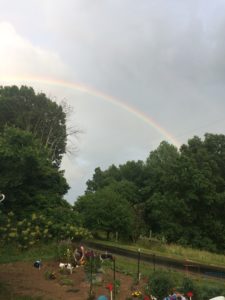
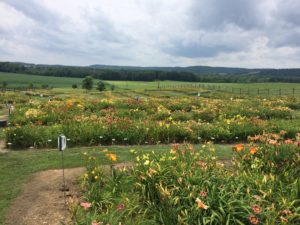
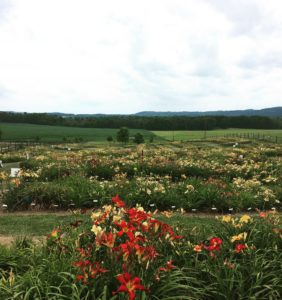

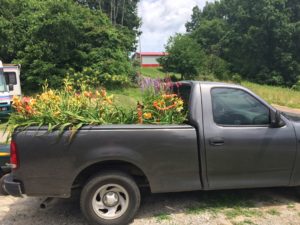 The garden was started at the beginning of March, before the last frost. We took a big gamble with the early planting, but it paid off later in the year. We decided that this garden was eventually going to be a perennial garden, so we started with some small perennial beds so we could expand them later.
The garden was started at the beginning of March, before the last frost. We took a big gamble with the early planting, but it paid off later in the year. We decided that this garden was eventually going to be a perennial garden, so we started with some small perennial beds so we could expand them later. 